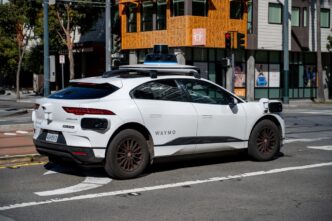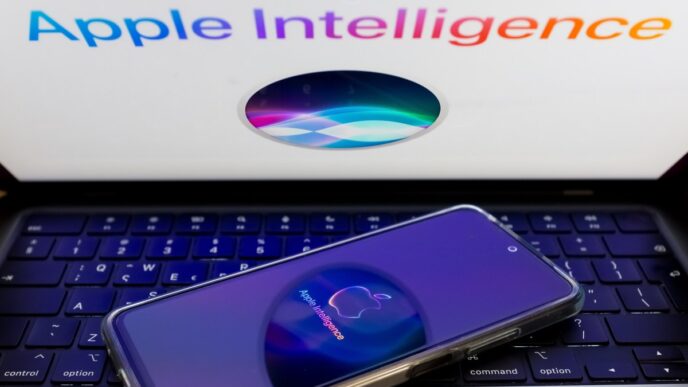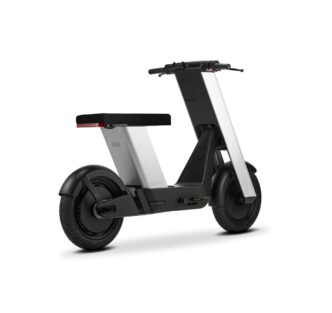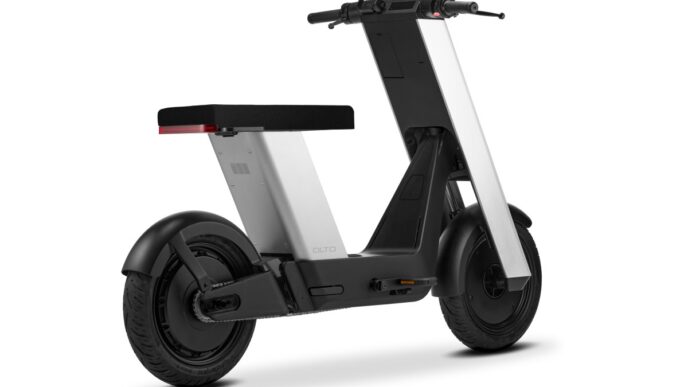Waymo’s robotaxi rides are pricier than Uber and Lyft, new data shows
New pricing data puts Waymo’s self-driving car rides well above traditional ride-hailing apps. According to a report from Obi, an app that tracks real-time ride prices and ETAs, Waymo’s average fare in San Francisco hit $20.43 per trip from March 25 to April 25. That outpaces Lyft’s $14.44 and UberX’s $15.58 average.
Obi backed these numbers with nearly 90,000 ride price comparisons on identical routes and times. The gap widens during peak hours where Waymo fares ran almost $11 more than Lyft and $9.50 over Uber.
Ashwini Anburajan, Obi’s chief revenue officer, shared with TechCrunch she was surprised riders are still biting despite high prices. She pointed to technology hype and the novelty of driverless cars as strong draws.
“Colloquially, there is an idea that autonomous vehicles are something that will erode driver jobs and put drivers at risk. And I think the irony of what we’ve seen is that it’s actually quite expensive to run an AV, and that that’s not going to be happening, at least in the near term,” Anburajan said.
Obi found Waymo’s pricing less dynamic than Uber and Lyft’s, relying more on strict supply and demand. This results in greater price swings and higher costs on short trips — roughly $26 per kilometer for rides under 1.4 km, 31-41% pricier than competitors.
Long wait times for pickups also hike Waymo costs, but riders don’t seem to mind. A survey from Obi found 70% of Waymo users prefer robotaxis over drivers. Still, safety concerns persist: 74% named safety their biggest worry, and nearly 70% want remote human monitoring.
“I didn’t expect consumers being willing to pay up to $10 more,” Anburajan said. “I think [that] speaks to a real sense of excitement for technology, novelty, and a real preference to sometimes be in the car without a driver.”
Nearly 43% of riders said they’d pay the same or less for Waymo rides, but a significant 16.3% are okay with paying up to $10 more per trip.
“There’s something about being in the car alone” that is winning customers over, Anburajan said. “It is there for you to, like, kind of live in a little bubble and get from point A to point B, and be very comfortable doing so.”
Full Obi report here: first in-depth examination of Waymo’s pricing strategy














